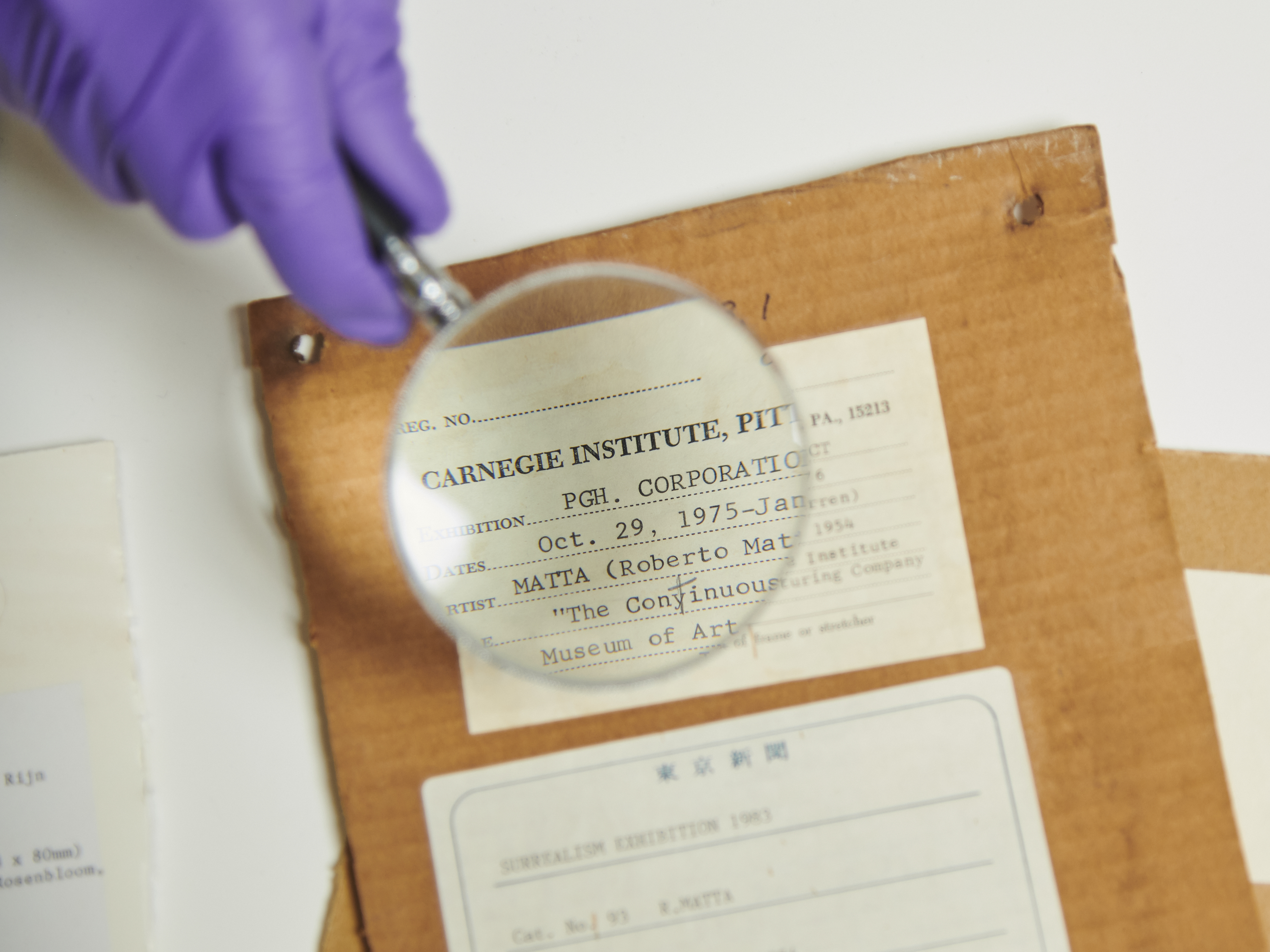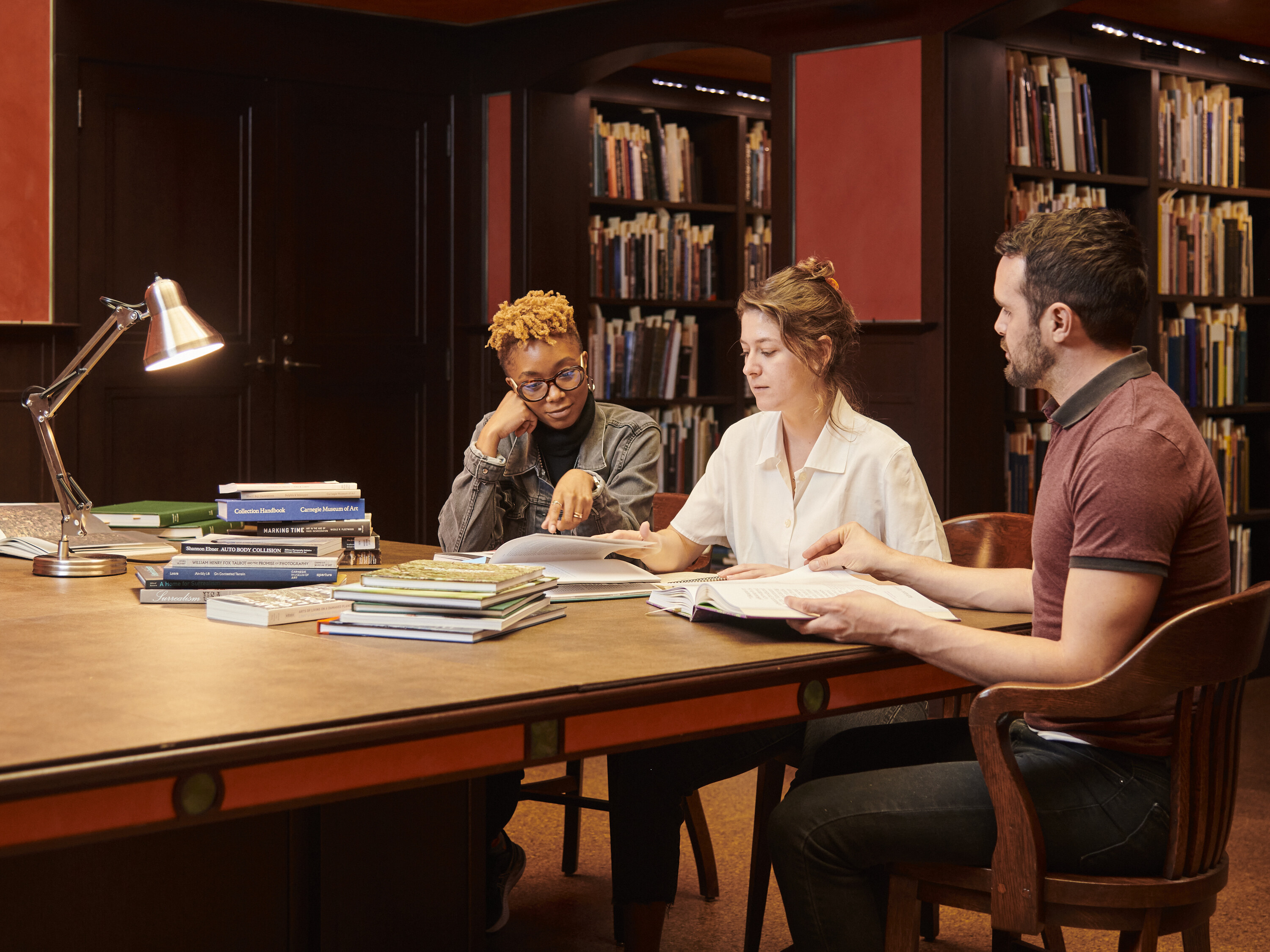Provenance—from the French provenir (to come from)—is a chronological record of ownership, custody, and location of an object, ideally from its creation to the present. Art historians have long studied provenance to enhance scholarly understanding. Uncovering the journey of an object—from who owned it and where it has been—can shed light on its purpose, state, and significance in the world of collecting. A thorough provenance not only offers a glimpse into an object’s past, but also serves as a crucial tool for verifying its authenticity and assessing issues of ethical and legal transfer.
Why is Provenance Important?
It’s not uncommon for an object, especially one that is centuries old, to have an incomplete provenance. Information about the transfer of an artwork may have been lost, destroyed, not yet uncovered, or simply never recorded in the first place. But it’s important to study provenance to rule out unethical or illicit activity. Modern provenance research is as complex and time-consuming as it is important; it is a dynamic process, akin to detective work. As new sources and information become available, object records are updated.
The Museum as a Provenance Leader
The museum serves as a leader in digital provenance, and you can learn more about the museum’s provenance research via its Art Tracks Digital Provenance Project, an initiative that aims to turn provenance into structured data. Most recently, from 2015–2017, our team undertook the Northbrook Provenance Project, an attempt to reconstruct the history of ownership of all the paintings that were once the property of the Earls of Northbrook and their predecessors. Seven of these paintings are in our collection, and hundreds more reside in public and private collections worldwide.
About the Northbrook Project →
If you’re interested in learning more about provenance field wide standards and guidelines for museums, please visit the Association of Art Museum Directors (AAMD) and the American Alliance of Museums (AAM).
Questions about provenance in the museum’s collection? Email us!


